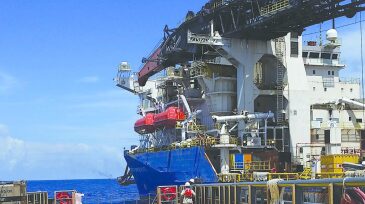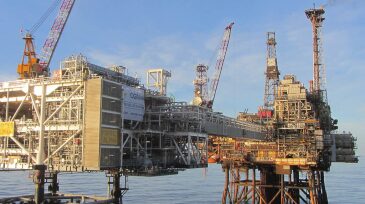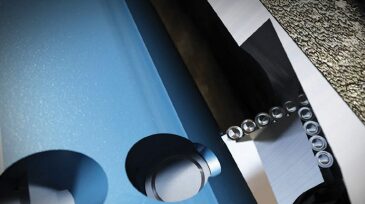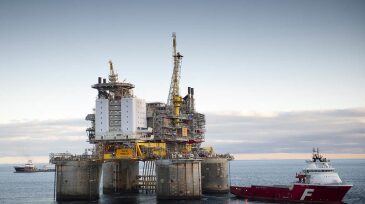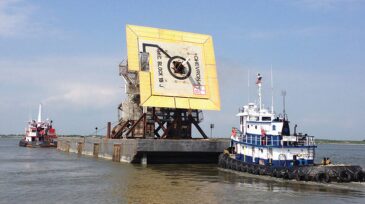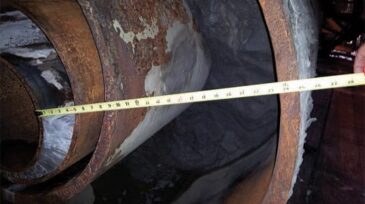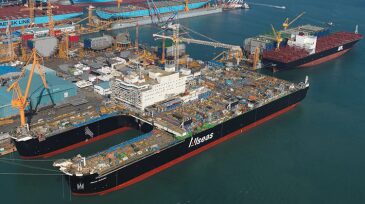Decommissioning
The North Sea Transition Authority has published its first table identifying 13 operators that are behind schedule in decommissioning their inactive North Sea wells.
Estimates commissioned by the Australian government suggest that increasing efficiency will lower costs for decommissioning offshore Australia.
Marine contractor also approves the construction of a new heavy-transport ship.
-
Allseas Engineering’s giant new offshore construction vessel has a new name, prior to its first job. What was once the Pieter Schelte is now the Pioneering Spirit.
-
After 10 years, the world’s first cell spar, Anadarko’s Red Hawk, was decommissioned. It remained the only cell spar fabricated and again made history as the deepest floating production unit ever decommissioned in the GOM.
-
Many offshore decommissioning costs are higher than necessary because of decisions made during the initial engineering and construction for an oil or gas field.
-
With a high demand for plug and abandonment (P&A) of subsea wells in the future on the Norwegian continental shelf, industry is challenged to find alternatives and rigless technologies that can make P&A operation more cost-effective and -efficient.
-
The 2014 SPE Annual Technical Conference and Exhibition (ATCE) in Amsterdam drew people from all over the world, covered global themes, and focused on the triumphs, challenges, and remaining opportunities for the North Sea.
-
Well plugging and abandoning on a limited budget is a lofty goal that forces the industry to consider new ways and new materials. Cost-effectively dealing with this global problem will require developing tools to carry out the decommissioning without bringing in a drilling rig.
-
While decommissioning is not new, the need is accelerating, along with cost and regulatory requirements. A panel at ATCE discussed the challenges in executing decommissioning projects.
-
A strong reason for removing old platforms from the Gulf of Mexico, rather than trying to squeeze more years of marginal production out of them, is hurricanes.
-
Much of the new technology development occurring now is aimed at finding better ways to sever the thick, tough steel structures and wellheads so that they can be removed.
-
When he started his firm focused on removing obsolete offshore structures, Brian Twomey chose the name: Reverse Engineering Services. The thinking was that taking out a structure is like building it, but in reverse.





